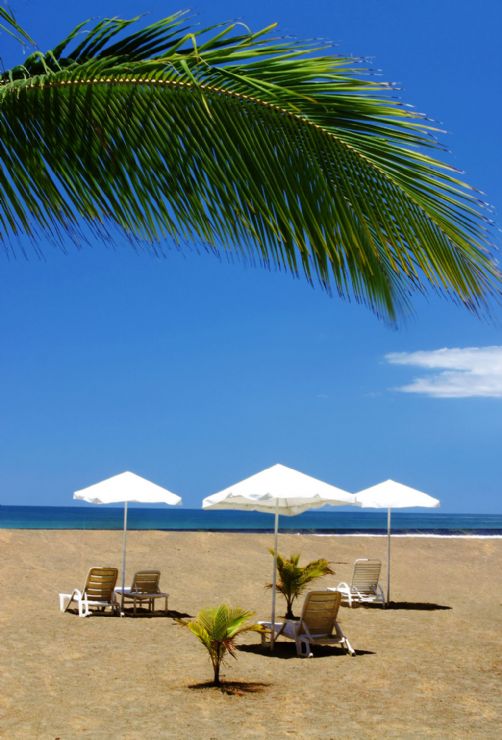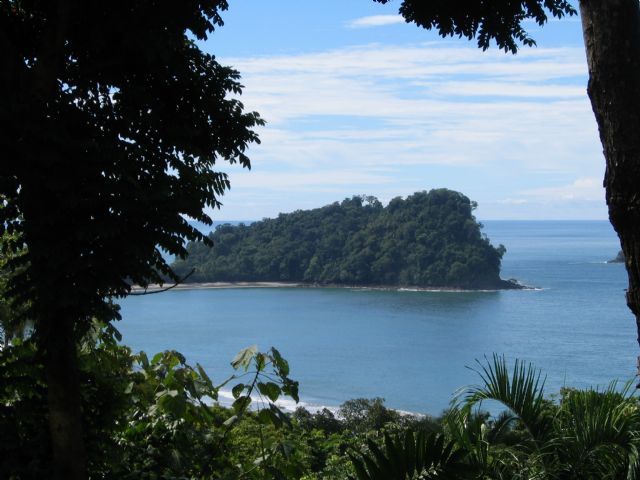
Can Costa Rica Teach The Swiss Anything? Ecotourism And Tourism
By: Victor Krumm Click author's name for more of his/her articles
Costa Rica is sometimes called "The Switzerland of Central America," probably because of the sensational mountains and scenery each country has been blessed with. No doubt, the comparison is meant to be flattering to the little Central America country but Switzerland and the whole planet would be better off if it were called "The Costa Rica of Europe," at least in terms of sustainability and ecology.
There was a time, centuries ago, when both nations had abundant wildlife. Switzerland had magnificent lynx, wolf packs, and european bears, chamois, and deer but the predators were killed off hundreds of years ago. About a century ago, the last unfortunate bear, probably a creature that wandered into the country, was killed. Apparently, there just wasn't room enough in this bucolic country for all of God's creatures and Man, even though it was only one beast.
Two decades before he was to become one of America's greatest presidents, Theodore Roosevelt, ever the adventurer, climbed the Swiss Alps. No doubt the scenery was spectacular but Roosevelt was shocked by the scarcity of animals. That vacation changed him and, as it developed, America forever because when he became President, he created the National Park System. Switzerland's shortsightedness may have saved America's wilderness.
Costa Rica could have emulated Switzerland but took a radically different approach. You see, while Switzerland has few remaining wild animals, little Costa Rica is bursting at the seams. Just the size of West Virginia, so small it can be driven from the Nicaragua border to Panama in a few hours, Costa Rica has nearly 20% of all the species of plants and animals on earth.
Imagine. One of every five kinds of plant on earth calls Costa Rica home. One of every five species of animal on earth is found in Costa Rica. There are nearly as many different kinds of birds in Costa Rica as in the continental U.S. The African continent has a lot of different kinds of butterflies but Costa Rica has more: more than Kenya, more than Namibia, Mozambique,Tanzania, more than all of the countries combined in Africa. How many? Somewhere between 500,000 and a million species of plant and animal, including more than 2,000 different kinds of orchids exist in the Land of Pura Vida!
Of course, there was a time when several Central American countries were like Costa Rica. Impenetrable forests traversing the Pacific to the Atlantic. Mountains, jungles, beaches, and waters filled with life. Wild, remote, extraordinary diversity of life, Tropical Eden. Easy pickings.
One after the other, countries to the north and countries to the south chose exploitation. Quick gain, quick riches. Once great forests were slashed and burned, north to south, east to west, coast to coast, under the mistaken belief that unfettered development was the ticket to prosperity. Unfortunately, it perpetuated grinding poverty to most except huge landowners, many of which were foreign companies.
Wildlife was terribly exploited. Great caravans of pack animals carried off hundreds of millions of turtle eggs each year from Mexican (and other Central American) beaches, leaving nothing behind. So great was the plunder that within 20 years some beaches went from more than 100,000 nests to two. Sea turtles were fished without regard for sustainability so that a portion of their shell could be sent to the Far East and Italy to make expensive shoes or knick knacks in American tourist shops. Manificent tropical birds were decimated for the American and European pet trades.
Even as its neighbors were burning their forests and destroying their natural heritage, Costa Rica elected to restore its jungles. Sustainability replaced exploitation. Within the last three decades, and despite a per capita income just a fraction of Switzerland or other First World countries it has:
a. Planted so many trees that its forests have grown more than 20%, resulting in the return of wildlife not seen in decades;
b. Set aside more than a quarter of the country as parks, reserves, and refuges. No other country has even come close;
c. Announced that by 2021 it will be the world's first carbon neutral country (and in the upcoming Copenhagen climate change world conference will announce how it plans to do so);
d. Created the world's largest green sea turtle preserve on its Caribbean Coast and the world's largest olive ridley sea turtle preserve on its Pacific Coast.
e. Risen to the very top of the world's "Happy Index", a measure of a country's health, satisfaction with life, and devotion to preservation and development of sustainable resources.
f. Embraced ecotourism in Costa Rica, the result of which has been to replace exploitation with sustainability. It has recognized that, quite literally, plants and animals are worth far more alive to the country's tourist industry than exploited for the benefit of a few.
In 1519, the Spanish Governor of Costa Rica reported that it was the "the poorest and most miserable Spanish colony in all Americas." My, how things have changed!
One day, perhaps Switzerland will be called "The Costa Rica of Europe" if it takes to heart the lessons the little Latin American country has to offer about ecotourism. I'm optimistic because, after all, it invented the Swiss Army Knife.
Article Source: ABC Article Directory
-


